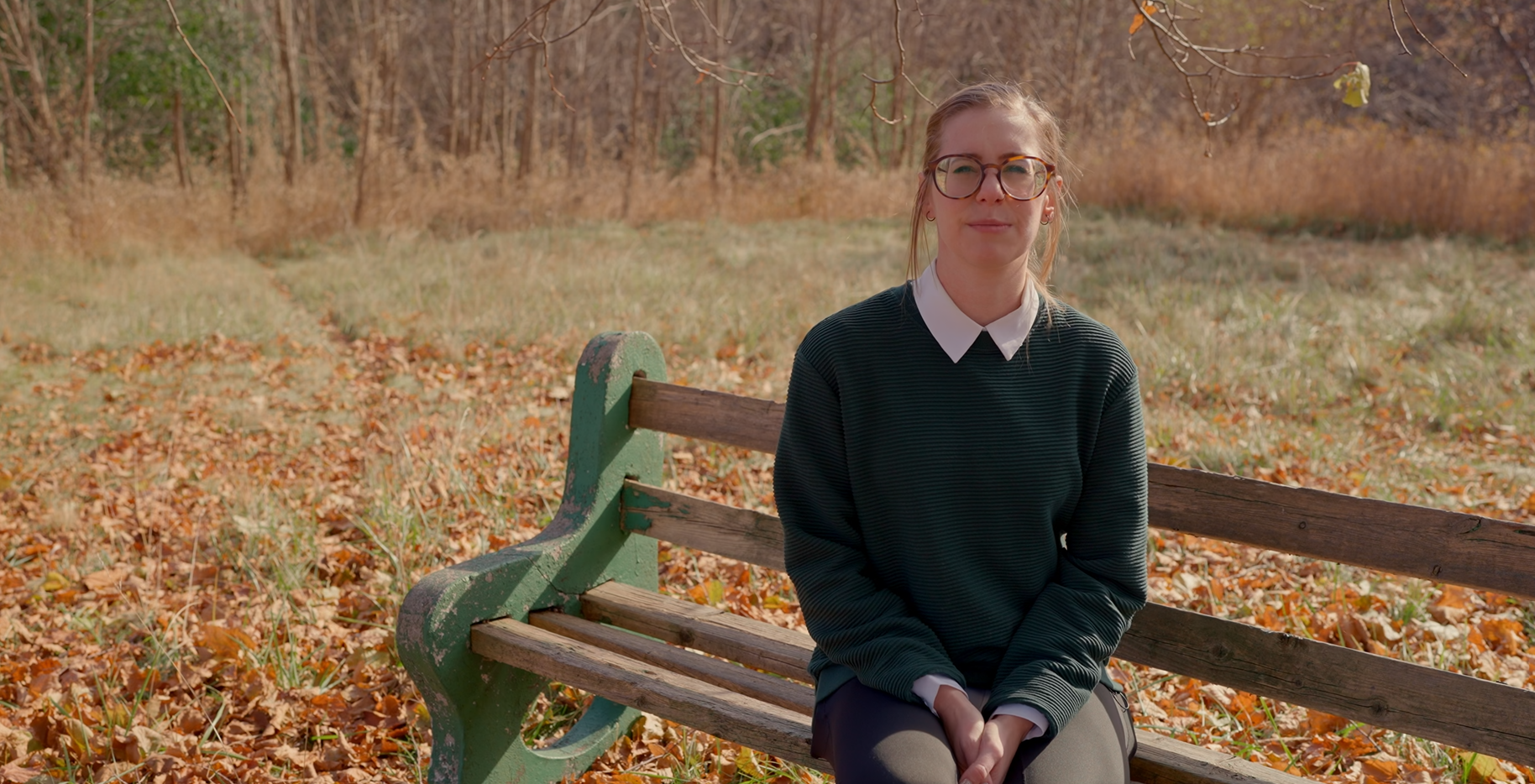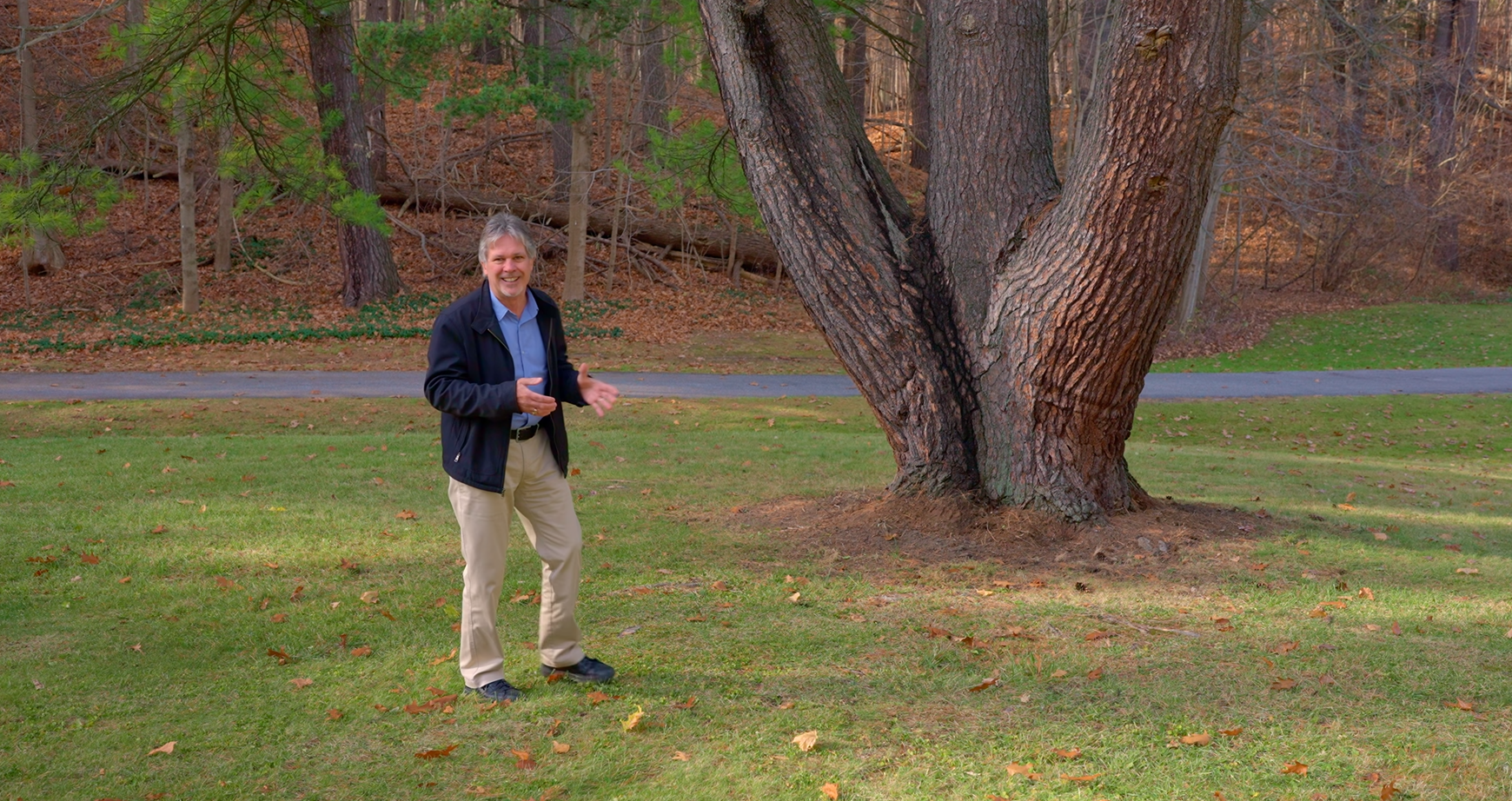Following the announcement that a national Bahá’í House of Worship, or Temple, will be built in Canada, short films exploring the significance of a Baha’i Temple and processes around its construction, were commissioned by the National Spiritual Assembly, the governing council of the Baha’is of Canada.


The latest film titled “Building in Harmony with Nature” explores the relationship between the Temple, proposed to be built in Markham, Ontario, and its natural surroundings. The film delves into the unique story behind the temple's site selection and describes how the teachings of the Baha’i Faith are intertwined with a commitment to environmental stewardship which informs planning and construction processes regarding the Temple.
The film begins by telling the story of the Temple's site selection 70 years ago when the newly formed National Spiritual Assembly of the Baha’is of Canada sought a suitable location for a future Baha’i House of Worship. In 1968, after several years of search, a plot of land was purchased in Thornhill.
“The concept of environmental stewardship is at the heart of this project,” said Andrea Salguero, Director of Public Affairs for the Baha’i Community of Canada. “Since this land was purchased in 1968, it was always intended to serve the people of Canada. The National Spiritual Assembly carries a deep sense of responsibility to build something beautiful and sustainable not just for Canadians at this moment, but also for future generations that will come here to pray and meditate.”
Bahá’í Temples are nine-sided structures built to embody beauty and oneness and invite people of all faiths and backgrounds to experience a serene and spiritual atmosphere for prayer and meditation that is free of rituals. The Canadian Baha’i House of Worship, imagined as a “temple in the forest”, will offer individuals and families the opportunity to connect with nature as part of the visitor’s experience.
In an interview, Laura Williamson, an Ecologist at GEI Consultants, describes the extensive ecological surveys conducted for the Temple site and the surrounding area. The surveys assess the impact of the Temple and its associated infrastructure on the natural environment with a focus on preserving wildlife habitats as well as restoring the ecology of the area. “What we've been able to determine from the ecological studies completed is that we have the best location for the Temple, in an area where there's a high amount of invasive plant cover and a low amount of wildlife habitat. We are proposing it in an area with limited impact and the opportunity to do a lot more restoration and enhancement to provide an overall benefit to the broader landscape” said Williamson.
An interview with Mark Schollen, a Landscape Architect at Schollen & Company Inc., describes the restoration efforts that will be undertaken to enhance the landscape surrounding the Temple. Schollen said that, to date, over 1200 trees on the Temple site have been inventoried and assessed, and measures have been implemented to address invasive species while preserving iconic landmarks such as the white pines near the building site, “…the white Pines are probably approaching 110 years old… It’s the signature tree of the Canadian landscape, and that’s what we want to have nestled around the temple,” said Schollen. “The site has tremendous potential. It has some great assets, and there are also opportunities for us to enhance what's there and make it more diverse, more ecologically functional and more beautiful” he added.
The film Building in Harmony with Nature can be viewed here.

